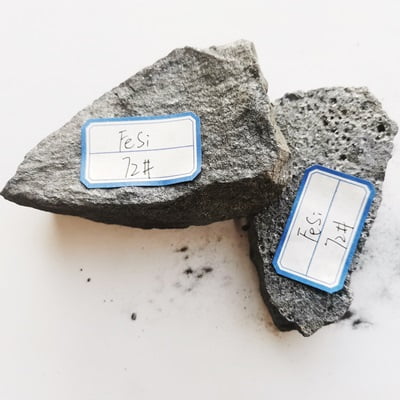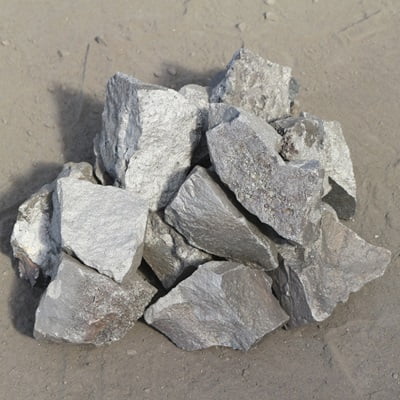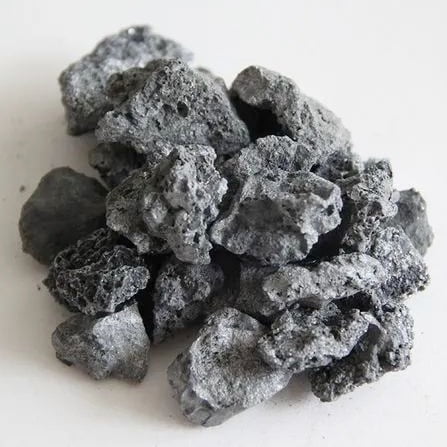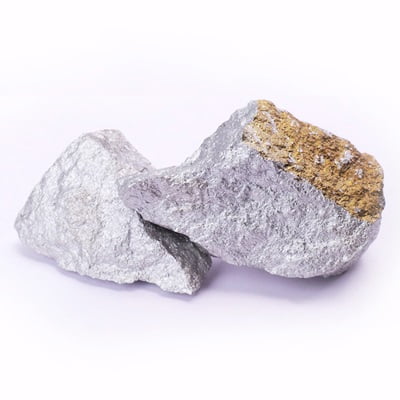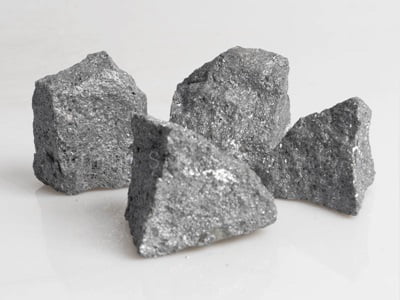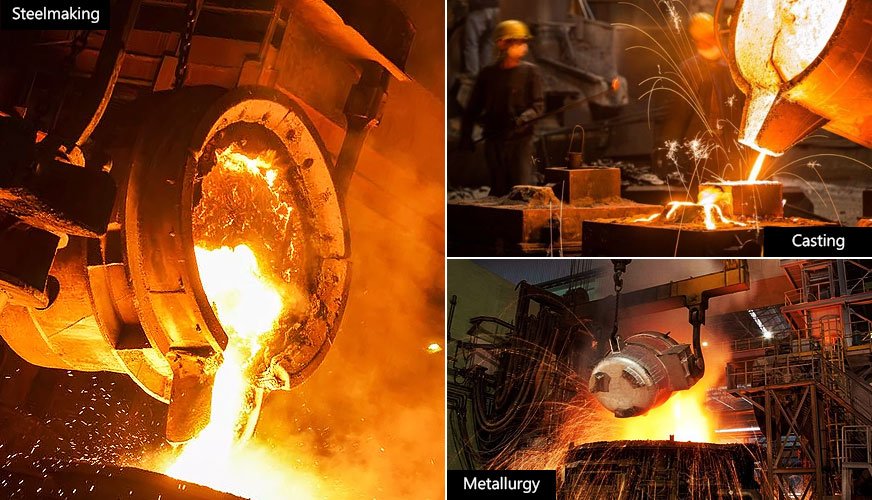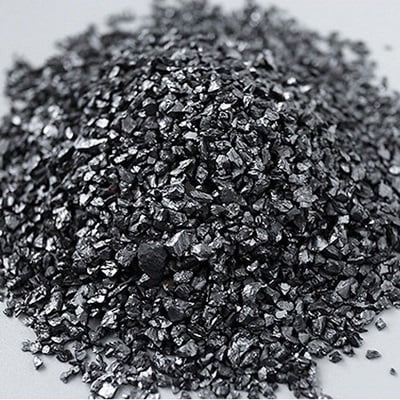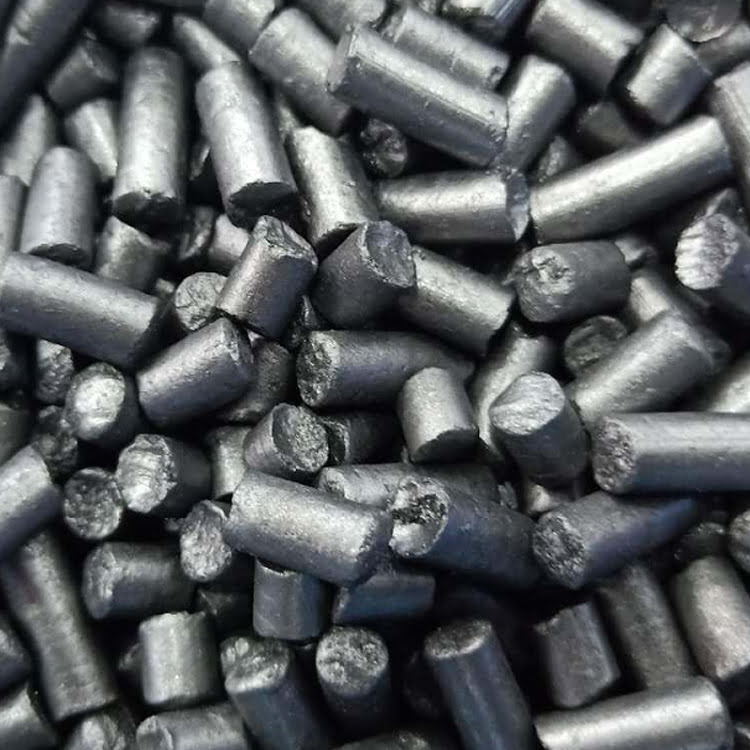NEWS
Smelting Method of Silicon Carbide
The raw materials used in the synthesis of silicon carbide are mainly vein quartz or quartz sand with SiO2 as the main component and petroleum coke with C as the main component. Low-grade silicon carbide can be used as raw material with ground ash anthracite. Auxiliary raw materials are sawdust and salt.
Silicon carbide is available in black and green. When smelting green silicon carbide, it is required that the SiO2 content in the silicon raw material should be as high as possible and the impurity content should be as low as possible. When producing black silicon carbide, the SiO2 in the silicon raw material can be slightly lower. The requirement for petroleum coke is that the fixed carbon content is as high as possible, the ash content is less than 1.2%, and the volatile matter is less than 12.0%. The particle size of petroleum coke is usually below 2mm or 1.5mm. Sawdust is used to adjust the gas permeability of the charge, and the usual addition is 3%~5% (volume). Table salt is only used when smelting green silicon carbide.
Silicone raw materials and petroleum coke generate silicon carbide through the following reactions in a resistance furnace at 2000~2500°C:
SiO2+3C→SiC+2CO↑-526.09Kj
CO is exhausted through the charge. Adding salt can form chlorides with impurities such as Fe and Al and volatilize them. Sawdust makes the material form a porous sintered body, which is convenient for CO gas to be discharged.
The formation of silicon carbide is characterized by not passing through the liquid phase, and the process is as follows: from about 1700 ° C, the silicon raw material changes from sand to melt, and then to steam (white smoke); SiO2 melt and steam drill into carbonaceous materials When the temperature rises to 1700~1900°C, b-SiC is formed; when the temperature further rises to 1900~2000°C, the fine b-SiC transforms into a-SiC , the a-SiC grains gradually grow and become dense; the furnace temperature rises to about 2500°C, and SiC begins to decompose into silicon vapor and graphite.
Contact Us

JBT produces and supplies silicon metal and ferrosilicon products, mainly products are silicon metal 553, 441, 421, 411 3303,2202, 97, silicon carbide, carbon raiser for steelmaking and casting industries. We also make electrolytic manganese metal, inoculants and nodulizers.
Get in Touch
- info@jbtmetals.com
- +86-372-5032025
- +86-15937282819
- Send Inquiry
- Online Chat
- Qugou Town, Anyang City, Henan Province of China
